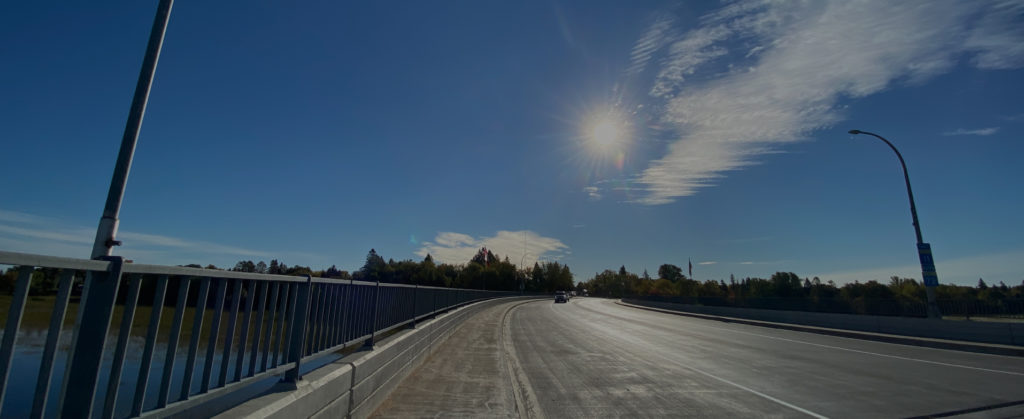- Home
- Government
GOVERNMENT CENTER

206 8th Ave SE
Baudette, MN 56623BOARD MEMBERS
- DepartmentsCommunity
COMMUNITY

206 8th Ave SE
Baudette, MN 56623How Do I…HOW DO I...
ASSESSOR
AUDITOR
COURT OF ADMINISTRATION
EMERGENCY MANAGEMENT
LAND & WATER
PUBLIC WORKS
HOW DO I APPLY FOR AN APPROACH PERMIT?
opens in a new windowHOW DO I GET A MAILBOX SUPPORT?opens pdf file
opens in a new windowHOW DO I OBTAIN A PERMIT FOR EXCEEDING WEIGHT WIDTH LIMIT?
opens in a new windowHOW DO I OBTAIN A PERMIT TO MOVE A MOBILE HOME?
opens in a new windowHOW DO I OBTAIN A PERMIT TO MOVE A STRUCTURE?
opens in a new windowHOW DO I OBTAIN A PERMIT TO WORK IN THE COUNTY RIGHT OF WAY?
RECORDER
- Home
- Government
GOVERNMENT CENTER

206 8th Ave SE
Baudette, MN 56623BOARD MEMBERS
- DepartmentsCommunity
COMMUNITY

206 8th Ave SE
Baudette, MN 56623How Do I…HOW DO I...
ASSESSOR
AUDITOR
COURT OF ADMINISTRATION
EMERGENCY MANAGEMENT
LAND & WATER
PUBLIC WORKS
HOW DO I APPLY FOR AN APPROACH PERMIT?
opens in a new windowHOW DO I GET A MAILBOX SUPPORT?opens pdf file
opens in a new windowHOW DO I OBTAIN A PERMIT FOR EXCEEDING WEIGHT WIDTH LIMIT?
opens in a new windowHOW DO I OBTAIN A PERMIT TO MOVE A MOBILE HOME?
opens in a new windowHOW DO I OBTAIN A PERMIT TO MOVE A STRUCTURE?
opens in a new windowHOW DO I OBTAIN A PERMIT TO WORK IN THE COUNTY RIGHT OF WAY?
RECORDER
